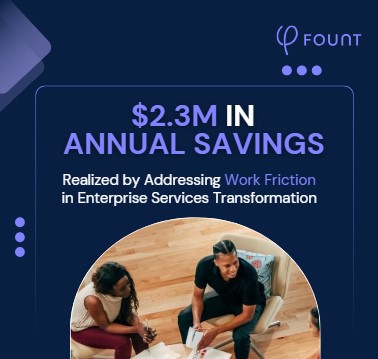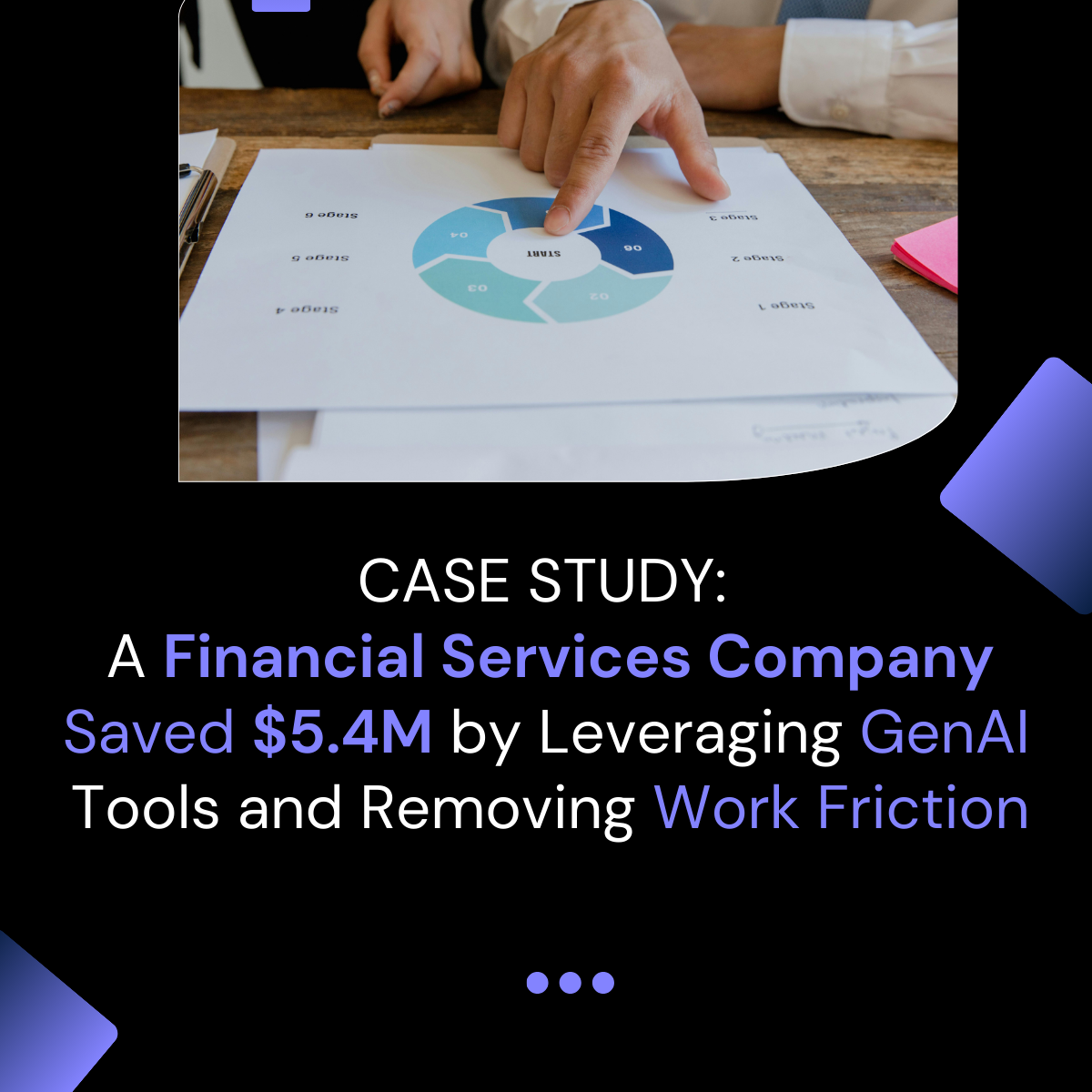How to Prioritize AI Use Cases to Maximize ROI
KEY TAKEAWAYS
- Organizations may have hundreds of potential AI use cases. But they don’t know which to choose, mostly because they don’t have any solid data to guide them.
- As a user-driven technology, the success or failure of AI depends largely on whether employees choose to adopt the tool – something they’ll only do if it makes their work easier.
- The key with AI is to pinpoint where it is most likely to help smooth out problem areas, remove obstacles, and accelerate work for employees. Work friction data is the most effective way to discover where those areas and obstacles lie.
The AI dilemma is becoming clear. While 79 percent of leaders say they need to adopt AI to stay competitive, 59 percent aren’t sure how to measure its impact. And those questions tend to stall plans and projects – 41 percent of CFOs say they struggle to prioritize AI amid uncertainty.
It’s a complication that plagues AI adoption for many organizations: they have hundreds of potential AI use cases but don’t know which to choose. Why? Because they don’t have any solid data to guide them.
In reality,the data you need already exists within your organization. It’s called work friction data and it can help you identify the most attractive opportunities. Here’s a look at how.
Rethink How You Deploy AI Tools
Most digital transformations tend to take a classic top-down approach. The organization rolls out a new technology or solution and expects everyone to use it. In most cases, everyone does, often because they have no choice.
And so it goes for many organizations looking to deploy AI tools. Leaders prioritize their AI projects based on which areas of the business are most important to the bottom line, then embark on a traditional top-down implementation. They roll out AI tools in those chosen areas, expecting employees to use them and hoping for productivity gains.
For example, let’s say a firm determines that its IT team and sales team are the biggest contributors to the bottom line. Thinking top down, it rolls out AI tools for both groups: the IT tool helps increase the pace of coding, while the sales tool automates prospect followup.
Three months in, the IT tool has been widely adopted and productivity increases are measurable. But the sales tool hasn’t budged results.
This approach to AI implementation isn’t scalable. To enjoy the benefits of AI across an organization, leaders need a way to know in advance why one AI implementation will work and another won’t. The answer lies in user data.
Focus on User Data for a User-Driven Transformation Like AI
Unlike many other digital transformations, AI is entirely user-driven. An AI tool that isn’t designed or deployed to make a real difference for employees is one they won’t use. This is why a traditional top-down rollout doesn’t work for AI.
To know where to deploy AI tools, you need to first understand employee pain points – the issues they’re having in their day-to-day work that you’re trying to solve. Without this information, you’ll never know which areas are most in need of AI.
In the example above, the organization took the seemingly logical approach of focusing its AI efforts on two sets of employees who do work that is important to its bottom line. But while the AI tool for the developers happened to address specific, observable work issues, the tool for the sales employees did not and so they didn’t adopt it.
Use Work Friction Data to Prioritize AI Projects
The purpose of AI is to smooth out problem areas, remove obstacles, and accelerate work for employees. In other words, to remove work friction. That’s why you can’t know the right places to use AI if you don’t know where work friction exists.
Many organizations try to identify employee pain points with traditional data-gathering methods, such as surveys, focus groups, and NPS evaluations. But these methods don’t dig deep enough and can’t be easily scaled.
Work friction data, on the other hand, measures hyper-specific moments of work – like retrieving an answer from the codebase or updating information in a prospect’s file – to find friction points. And it does this in a scalable way so company leaders can see where the biggest employee pain points are.
By identifying specific employee pain points, work friction data can help identify the most promising AI use cases. As an AI rollout gets underway, work friction data can also help determine where to make tweaks or adjustments if things are not going according to plan.
In the above example, work friction data could have provided insight on things that were bogging down the firm’s general business employees, such as too much time switching between email and a CRM. With this more granular information, the firm could have opted for an AI tool that specifically helped with integrating the two systems – something these employees would likely welcome.
Don’t Leave Your AI Investments to Chance
Studies have shown that Gen AI projects can boost productivity by anywhere from 13.8 percent to 126 percent. Those are the kinds of numbers that will make any organization sit up and take notice. But even if you know your organization needs to somehow use AI, you may not know exactly where to start.
Like any other big decision, the more information you have to work with, the better your odds of success. And with a user-driven technology like AI, that means having good user data.
By getting to the heart of your employees’ needs and pain points, work friction data can help you determine where and how to best deploy AI. And with that finer-tuned sense of direction, you’ll be much more likely to see the productivity gains and ROI you’re hoping for.
Trying to decide which AI projects are right for your organization? We can help.
Related Resources
See all News
FOUNT News
LIVE Webinar. Beyond AI Hype: How to De-Risk Your GBS Transformation with Friction Data

Guest Post
3 Signs Your GBS Is Creating Friction Instead of Flow (And How to Fix It)

FOUNT News
June Newsletter: Friction is Killing Your AI ROI.
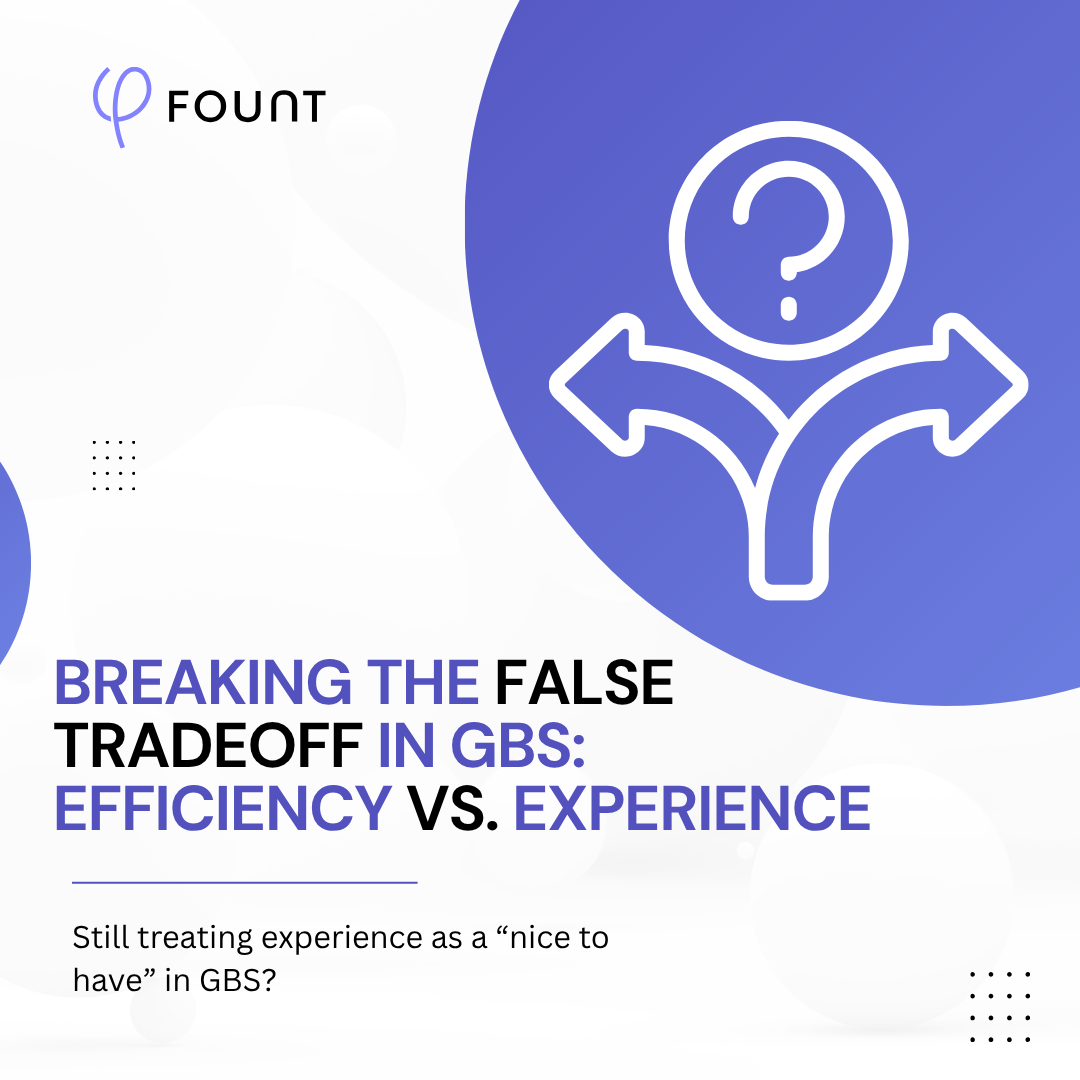
Insights
Breaking the False Tradeoff in GBS: Efficiency vs. Experience
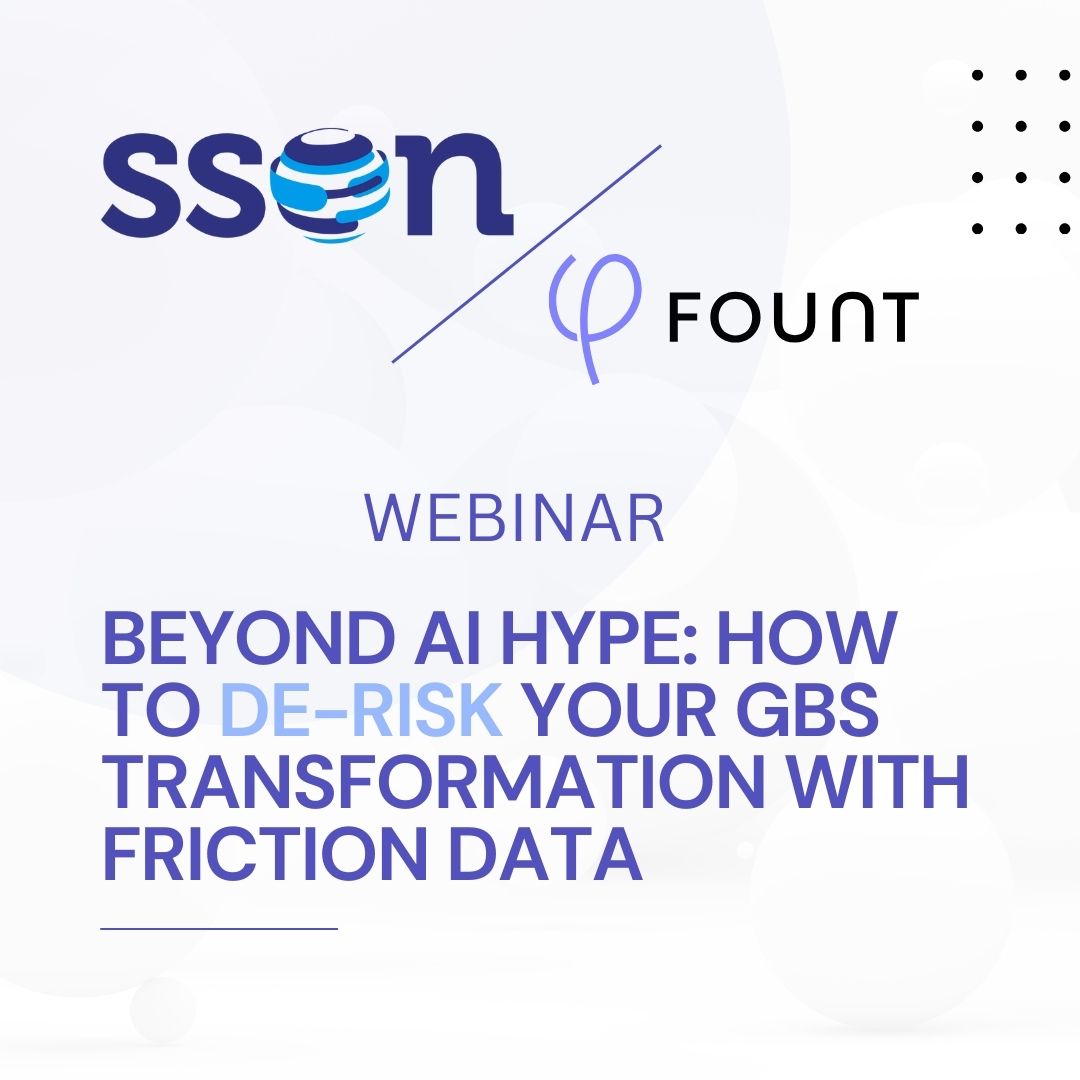
Events
LIVE Webinar – July 9th for SSON Network. Beyond AI Hype: How to De-Risk Your GBS Transformation with Friction Data
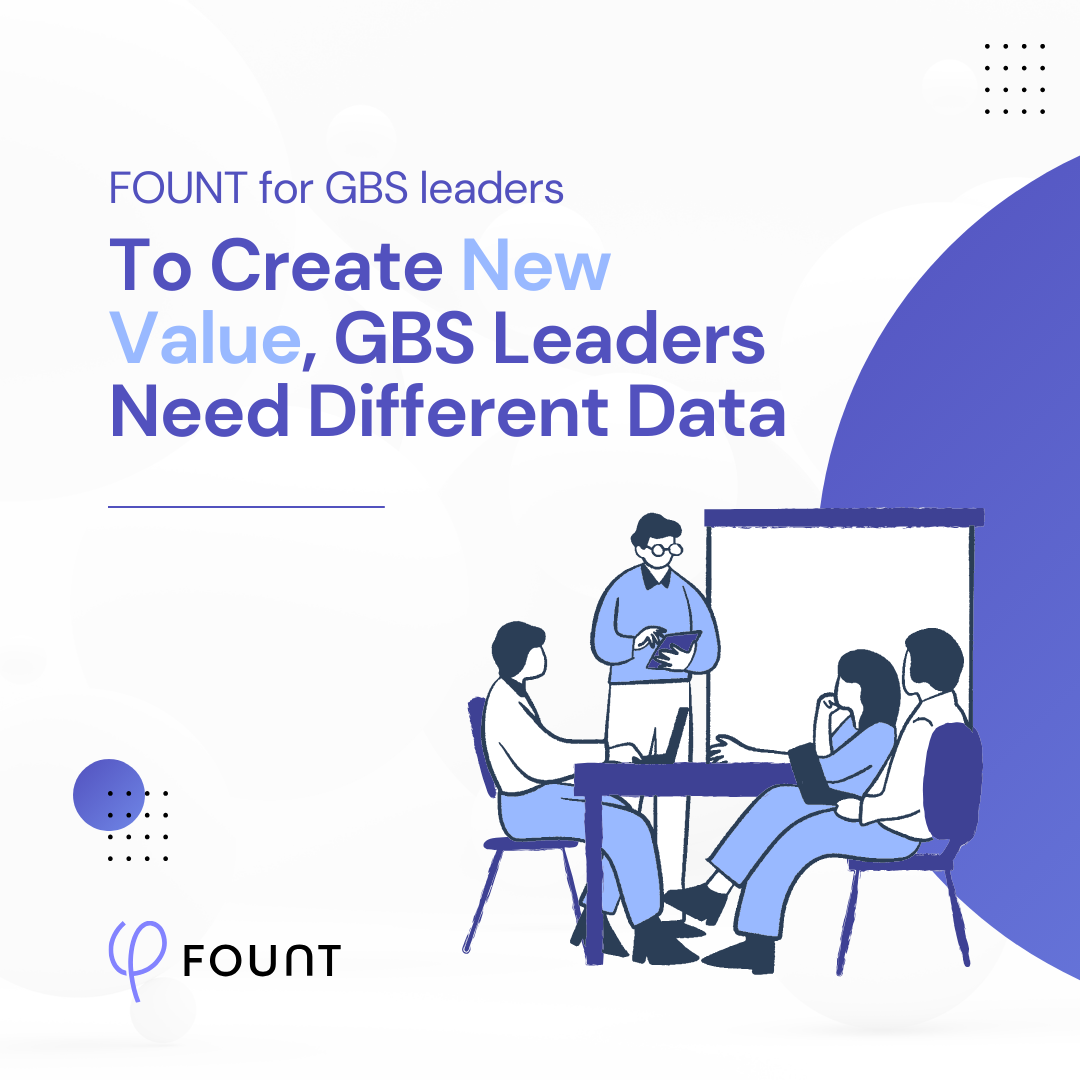
Insights
To Create New Value, GBS Leaders Need Different Data

Insights
How to Keep Up with the Latest AI Developments
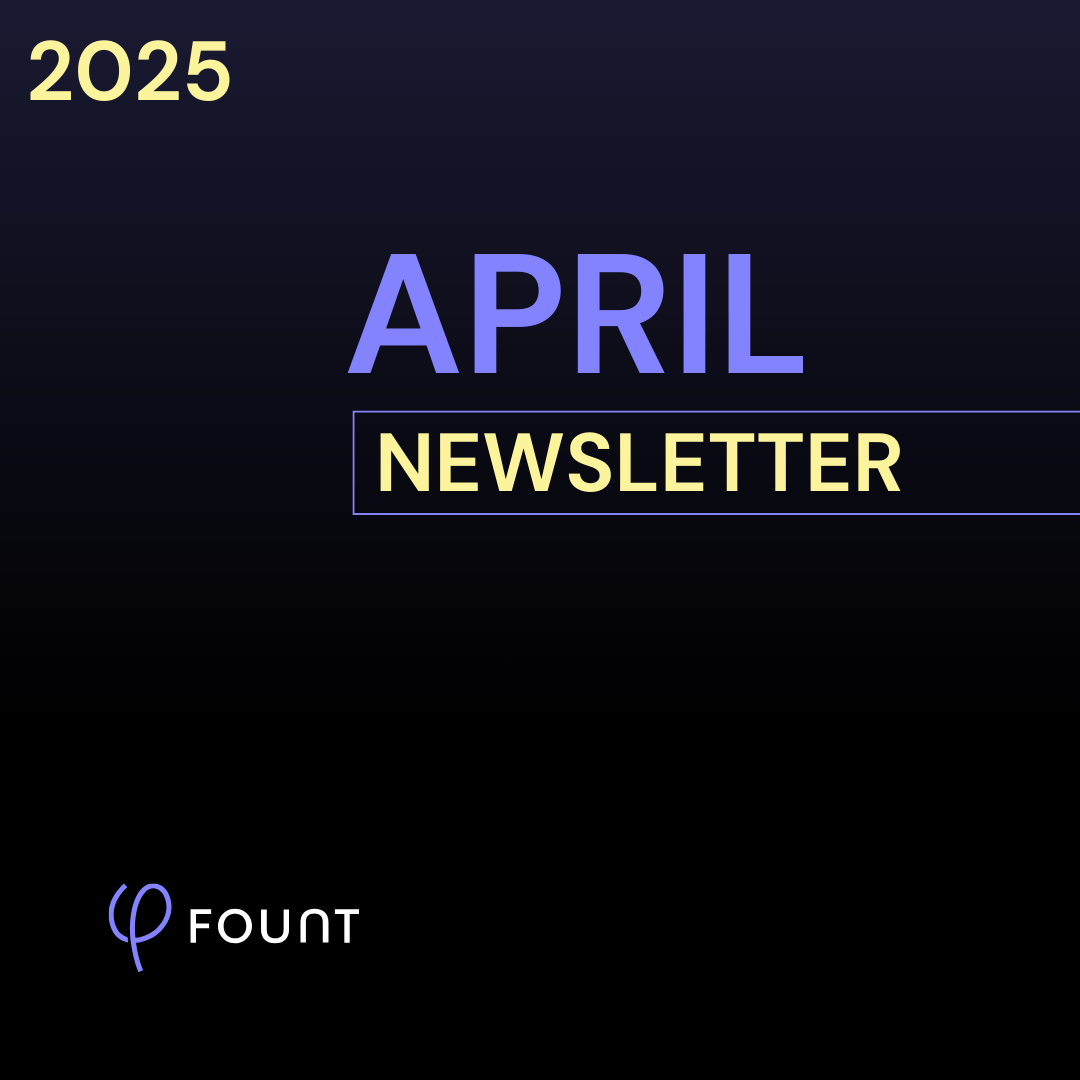
Insights
APRIL Newsletter. Friction: You Can’t Improve What You Can’t See
